Setting up shop
What I really want to tell you about is how I managed to cook this entire meal without getting a speck of anything on my shirt, particularly notable since our kitchen in Vienna did not come supplied with an apron (or many other things).
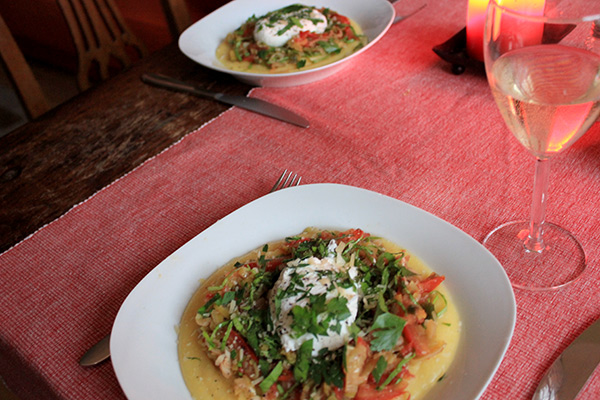
And there’s certainly a lot more to say – about our time in Vienna thus far, about how amazing it feels to have our own kitchen space, and about all the little confusing things about going grocery shopping in another country. Or about how easy it is to burn things in the thin, aluminum pans that sorely stock our kitchen here, or how the stove really only goes down to medium-high, and that effectively using anything lower requires some MacGyver-like manuevering. But for now I have a few more important things to move on to.
First, this dinner. To back up a bit, I just finished reading Tamar Adler’s An Everlasting Meal for the second time (and I might just turn around and start it again to go on an underlining spree). It’s an incredible book, the closest thing I’ve ever read to the way I love to cook and eat and share food with loved ones. The next time someone asks me what I suggest as a starting point for someone who wants to learn how to cook, I will definitely point them to this book. It has certain drawbacks, for sure, but it’s beautifully written and an absolutely lovely, passionate ode to home cooking. Take this, for example – one of my favorite quotes, in the midst of a chapter about vegetables:
“And always [buy] a few bunches of dark, leafy greens. This will seem very pious. Once greens are cooked as they should be, though: hot and lustily, with garlic, in a good amount of good olive oil, they lose their moral urgency and become one of the most likable ingredients in your kitchen.”
When I read this a few days ago, even though it was my second time, this passage struck me as so perfect that I had to stop, close the pages, and just think about it for a while. The choice of the word “lustily” is so utterly apt to this process, and seemingly out of step with the thought of a big bunch of kale, but makes the passage so incredibly true that I couldn’t help but stop for a moment, then immediately read the passage out loud to Brett, who laughed and nodded in response. Pious. Lustily. Moral urgency. Not words I would generally turn to in describing the activity in my kitchen, but maybe that’s a problem.
Another thing I love about Tamar’s words in this book is how most of the recipes within aren’t the specific, list-oriented sort, but instead more like a narrative, a few sentences or short paragraphs describing the process. It’s personable and relatable, and more appropriate to the simple, adaptable, home-style cooking she’s talking about. Some of it assumes some level of comfort in the kitchen, but it’s generally straight-forward, understandable, and from the heart.
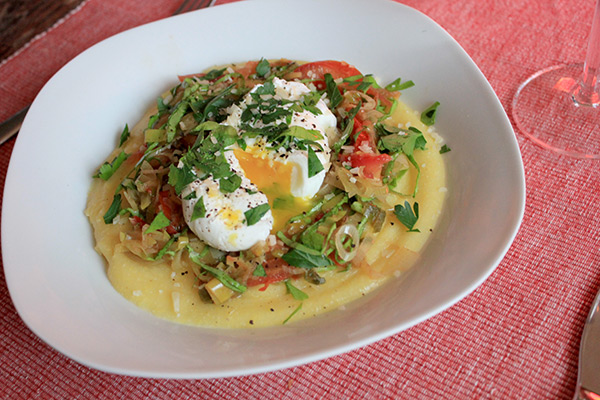
And in that vein, here’s what I came here to say: Cook a pot of polenta,* at the end adding salt, butter, and Parmesan or whatever else you like to add to make it luscious and delicious. Add enough of everything that after one taste you immediately reach for another. Ladle hearty portions of it into low bowls and scoop on top some delicious mixture of cooked vegetables, meats, or sauces, then add a poached or fried egg and garnish with chopped fresh herbs, freshly cracked black pepper, a drizzle of olive oil, and a healthy dose of grated Parmesan.
Whatever you put between the polenta and the egg might be something cooked especially for the occasion, like some of those lusty greens and some sautéed mushrooms, or braised lamb shanks (one of my favorites with polenta), or like I did last night with a mixture of spring leeks, fresh young garlic, and green onions, sautéed and then tossed with thin tomato crescents and shredded ribbons of butter lettuce. It is spring, after all, and this is what called out to me as we wandered through the stalls at the Brunnenmarkt. Or maybe you’ll use leftovers, like the braised beef you ate two nights ago, or the stewed lentils, or the roasted butternut squash, or the remaining bits of grilled pork chops browned and mixed in with a rich tomato sauce. Your chopped herbs might be parsley, like I used here, or maybe basil in the late summer, or chives when they first come up in the spring. It might just be whatever tugged at you at the market that week, cooked however your hands wanted to do it that day.
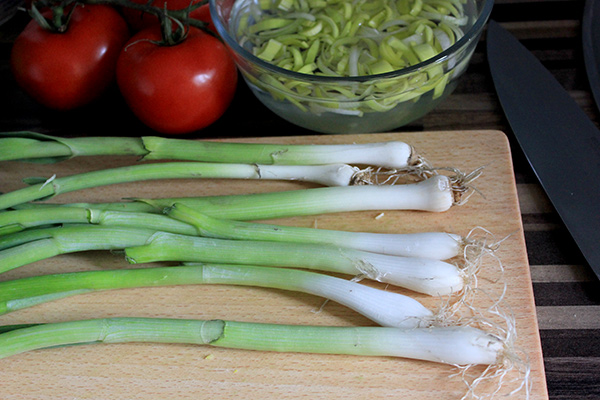
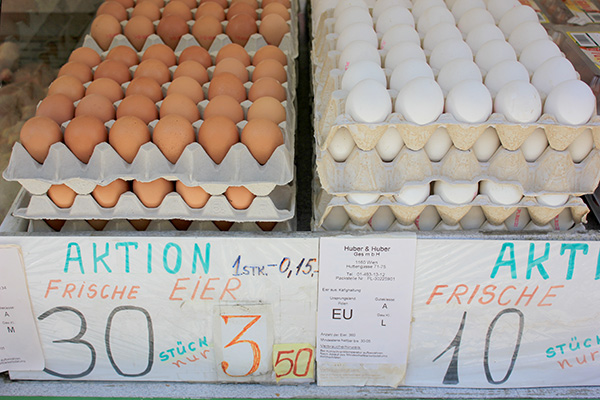
This is something I make fairly often. Polenta + delicious something or other + egg + garnishes. It seems extraordinarily fancy and is extraordinarily comforting, and it always works to fill whatever cracks need filling.
And that equation above looks like a lot of meals I make, some general framework filled by whatever else I want to put together that day, or what I happen to have in the fridge already. It becomes an easy way to eat well every day, knowing I could apply something – let’s say, sautéed greens and onions – to a variety of things. Those greens and onions could become risotto, or filling for an omelete or frittata. They could be spread into a pastry crust to become a galette, or spooned onto garlicky toast and covered with broth, or mixed with pasta and toasted breadcrumbs, or any one of a million other options.
So this brings me to my second point of the post, which is that over the next few weeks I’ll be adding a guide/feature/some thing or other about basic meal frameworks. (I’m hoping I can promise to come up with a more appetizing thing to call it.) Friends and family ask me often about coming up with inspiration for new and interesting meals that they can just as easily make for a dinner party or a weeknight meal, and I’m hoping what I put together can be a good resource to turn to when you’re not sure what to do next. I’m also starting to work on an overall pantry/shopping list (as I turn my eye toward setting up our new little homestead at the end of the summer), and the idea is that one should always be able to make something delicious and extravagant-seeming (the “seeming” part being key) with some pretty general shopping lists. It’s like how my go-to cocktail posts helped build up to the Bowen Appétit Bar Guide.
It’s part of a good amount of work I’m hoping to put into this site while we’re in Vienna. We both see this part of the year as sort of a working vacation, and we each have a list of projects to work on while we’re here. It’s not all Sachertorte and cocktails, people. There are things to be done! (That said, Aperol and prosecco are practically cheaper than water here, and they are not going to drink themselves.)
I’m also working hard to tie up the loose ends of making some pretty big technical changes in how this site is run. It’s not worth going into the details, but just know that it’s been a long process of making everything work right again (leave it up to me to decide to make this switch right before flying to another continent …). Old posts being posted as new (and being sent out to email subscribers and RSS feeds) was just one of the many problems caused by the old system, but that shouldn’t happen anymore now that I’ve made some big changes. The site shouldn’t really look any different on your end, but you’ll probably (hopefully) notice some slight but regular changes over the next while. For now, some things are still a little funky – like you might notice that some of the pictures still link back to the old WordPress site (I’m working on that). And some links here and there might be broken, so make sure to let me know when you run across that. Speaking of which, all my @bowenappetit.com email addresses are back up and running. This might be the perfect time to drop me a note at bowen (at) bowenappetit (dot) com, and tell me if there’s anything you’d like to see here soon. Or just say hi! Or send me a picture of your cat. (Or better yet, your goat – if you have a goat, it’s fairly mean not to send me a picture. Videos work well too.)
* You may have your preferred methods for cooking polenta, but here’s generally what I do: whisk 1 part polenta (I prefer coarser rather than finer) into 5 parts boiling, salted water in a medium pot (I find it’s usually about 1/4 cup dry polenta per large serving). Lower to a simmer for 45-60 minutes, stirring occasionally, or until the polenta tastes cooked through (less time for finely ground polenta). Add 1/2 tablespoon of butter and a healthy dose of grated Parmesan, and salt for taste.











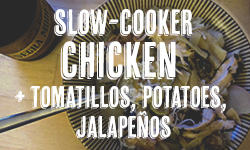
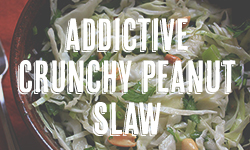
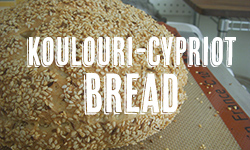
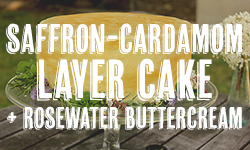


Trackbacks & Pingbacks